Night photographer Mike Cooper creates inventive light modifiers for his lights. I caught up with him to ask him more about them.
Tell us about the light painting devices you use to illuminate your night photos.
When I first started in night photography/light painting, I was using a couple of Streamlight rechargeable LED flashlights. After a couple of years, I came across the ProtoMachines light painting device. It has every color in the color spectrum right at your fingertips.
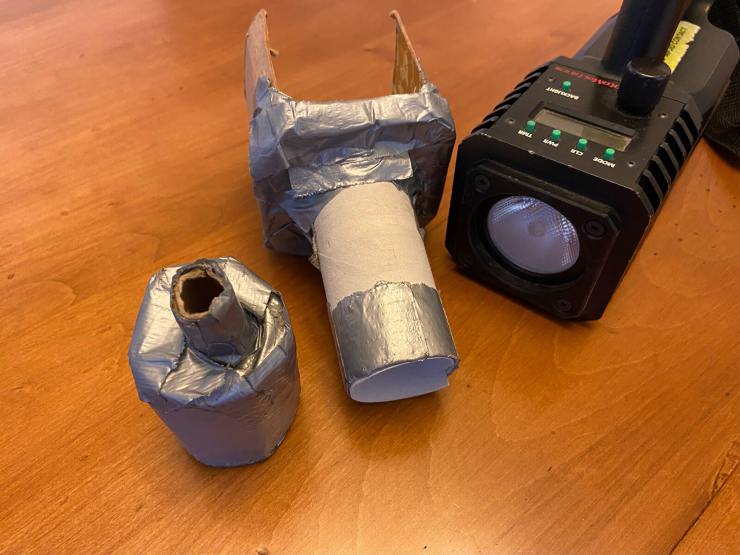
You make some creative light modifiers for your flashlights that hardly cost anything, but are effective at shaping or directing light. Can you tell us about these?
I have a few different-sized modifiers. Each is made for a specific light. All are made from some sort of chipboard such as soda or beer containers. I will cut them down to the size I want and use duct tape to hold them together. This also has the advantage of being very inexpensive. If I somehow lose one I can just make another one. They all are made to wrap around the front of the flashlight, fitting snugly so it won’t fall off (hopefully). It can direct the light more precisely instead of vomiting light everywhere.
The ones I use with my rechargeable flashlights fit tightly around the flashlight. I also cut a notch into them for the on/off switch. True recycling! I also carry around a piece of flat cardboard with me.
How do you create your snoots?
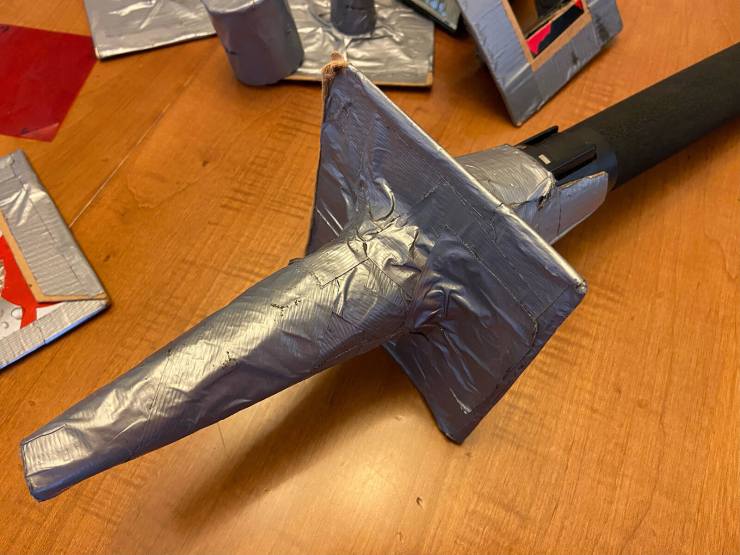
When I began night photography, I found that sometimes I wanted a much narrower stream of light. This is great for applications such as lighting up headlights on cars.
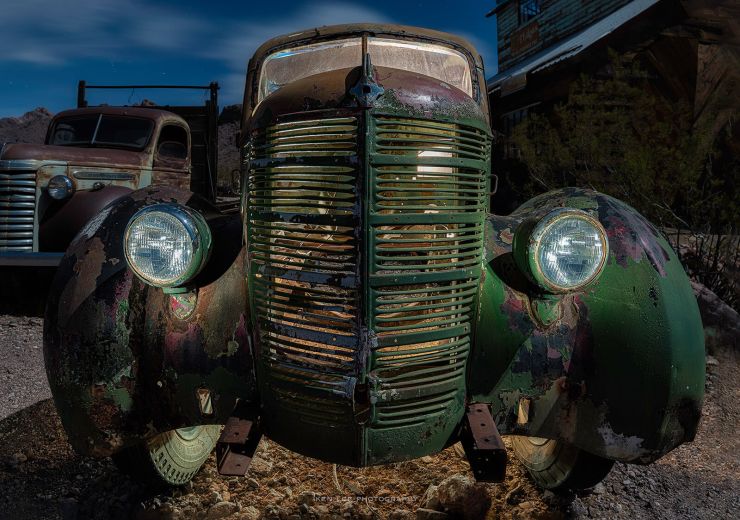
I made a few snoots from chipboard to make a narrow beam of light come out of the flashlight. Most of the time I cut down either a toilet paper roll or a paper towel center. I choose the width depending on how far away from the subject I want to be. From this, I can reduce the diameter further if you prefer. I also make some sort of a collar around one end. This holds it onto the fixture that I attach to the light.
Where did you get your idea for creating filter holders?
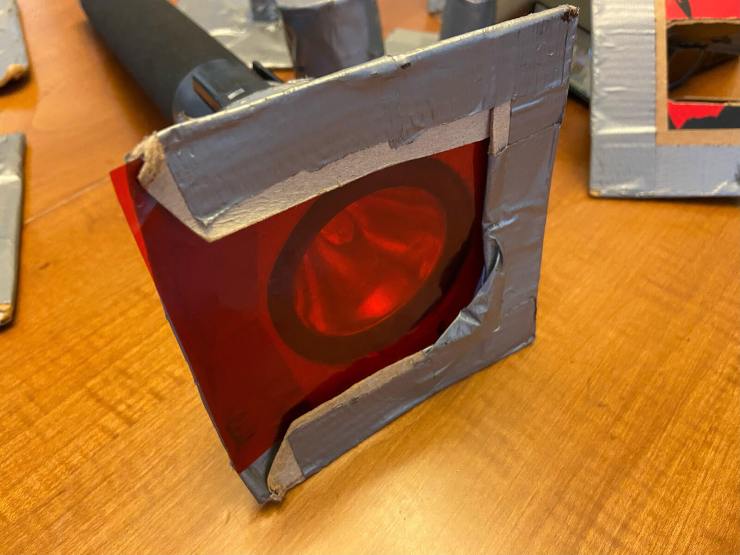
I wanted something to hold colored gels. I wouldn’t have to try to hold them on the end of my flashlight and then potentially have light spilling out everywhere.
I then saw some filters made by Cokin. These have a holder that mounts to the front of a camera and enables you to simply slide filters in front instead of screwing them on. Influenced by this, I took a piece of chipboard and laid it out flat. I then cut a square around the outside of the flashlight that extended half an inch to an inch outside the edge of the flashlight itself. After that, I stapled some shorter pieces around three sides to create a holder for the filters.
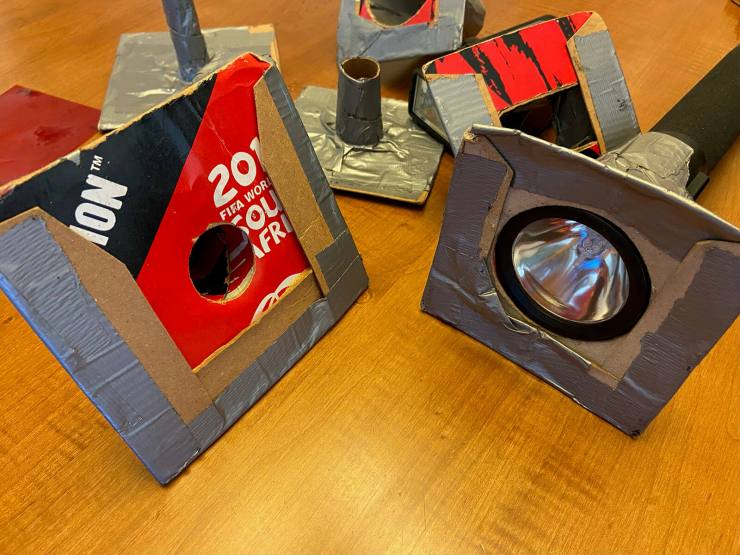
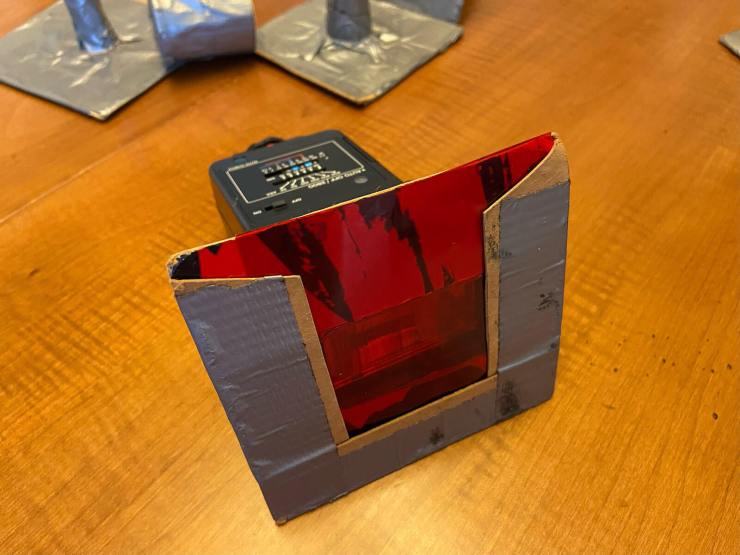
How do you use your cardboard snoot to shape or control light?
These can directly light, but also reduce the amount of light output. This reduces the possibility of hot spots when holding the light very close to whatever the subject is you are illuminating.
How do you use flat cardboard as a light modifier?
Most of the time I am using a piece of cardboard to hold between the camera and my light. Many night photographers will use their own bodies to keep that from happening. However, a piece of cardboard offers more control because you can move the cardboard more readily.
I have also used cardboard to cover windows on the door of a building by blocking one of the divider panes and putting a light inside from behind that window for a few seconds and then moving it to another window so they all have roughly the same amount of light in them.
Do you use cardboard boxes as well?
I once photographed a church that had two floodlights in the ground in front of the church. For those, I simply covered the top of the lights to block all light they were putting on the building.
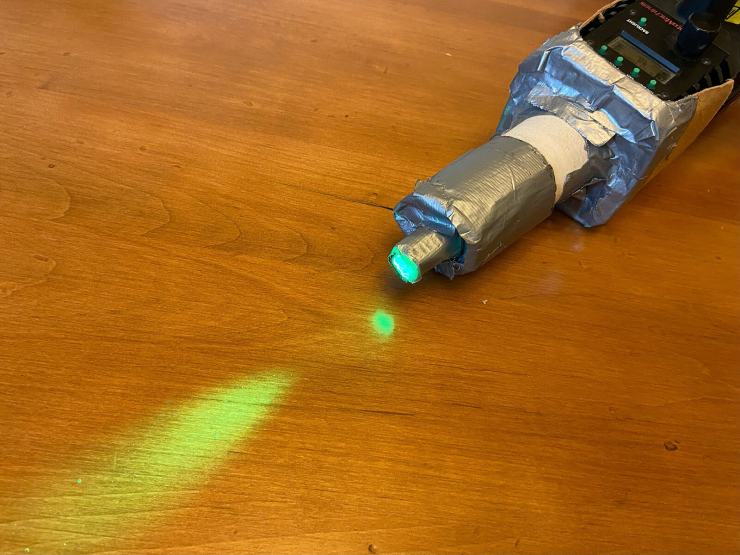
About Mike Cooper
Southern-based night photographer Mike Cooper has covered broad expanses of the Midwest and the Southern United States, offering fantastic glimpses of abandoned places lit by the moon, stars and handheld light.
Mike illuminates these mysterious, forgotten locations with often colorful lighting, creating the image in-camera. The results are otherworldly. He has two books showcasing these worlds, Abandoned Texas: Under a Lone Star Moon and Abandoned Louisiana: Under a Bayou Moon.
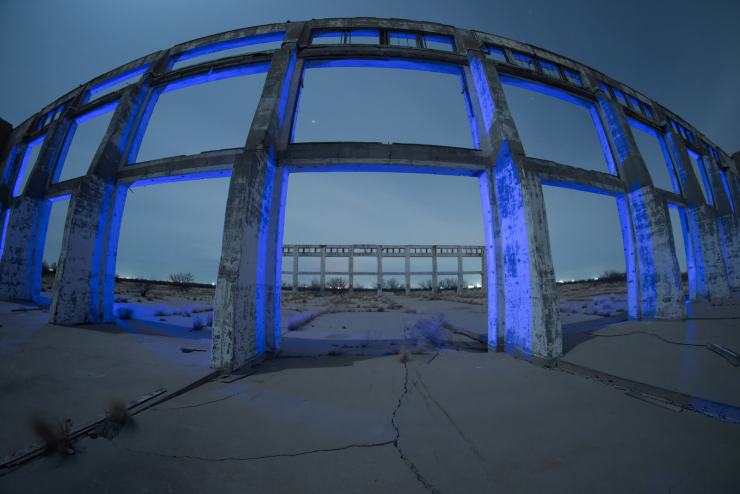
Tell your story with the second annual Visual Storytelling Conference!
Experience four days of interactive, online training sessions featuring a range of educational content with experienced photographers and content creators. This free event kicks off with a series of technical boot camps to build essential skills, followed by live, online sessions on photography, video, business and social media. Join live from March 10-13, 2022!
